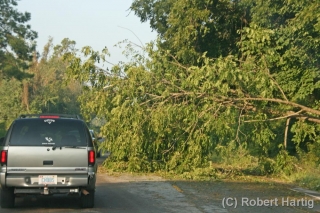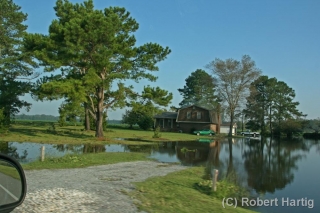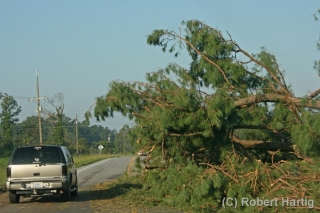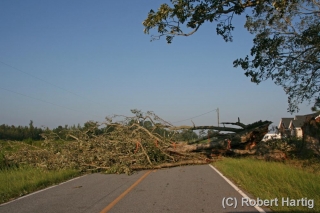Most days back when I was in elementary school, my friend Pete Rogers brought his submachine gun to school. It was a formidable weapon that Pete employed with withering effectiveness during the war games we boys played at recess, and it possessed the added advantage of instant disassembly into just two components which bore a striking resemblance to Pete’s right and left hands.
As the enemy approached us on the battlefield, Pete would make pistols out of both hands, jam the barrel of one pistol into the other hand behind the base of the thumb, and presto! Instant Tommy gun. “D-D-D-D-D-D-D-DOOOWWWWWW!” Pete would yell, doing a convincing imitation of a kid simulating automatic weapon fire. “D-D-D-D-D-D-D-D-DOOOOOWWWWWWWW!!!” And into the fray he’d charge, he and his handufactured submachine gun. Pete was impressive.
I envied him. Like the rest of the boys, I had to consign myself to plain old bolt-action–until one day, I figured out Pete’s secret for making his machine gun sound. The sound, after all, was the thing. There’s no point in having a machine gun if you can’t fire it. I discovered how.
By placing the tip of my tongue lightly but firmly against the roof of my mouth–not directly behind my teeth, but more toward the center of my palate–and then directing a steady stream of air against it, I could get my tongue to flutter, generating a rattling t-t-t-t-t-t-t-t-t-t sound. Mimicking Pete’s machine gun was then just a matter of adding my vocal chords to the mix.
Now that I was onto Pete’s secret, naturally I customized it to fit my taste. Pete’s sound was loud. I opted for a subtler approach–a Tommy gun with a silencer, if you will. A stealth machine gun. By fluttering my tongue right up against the top of my clenched teeth, and by not using my voice, I managed to produce the coolest, most convincingest machine gun fire you ever heard. It outclassed Pete’s prototype hands down. From then on, my lunch hours were littered with the bodies of scores of enemy soldiers who fell under the subtle but deadly chatter of my .50 caliber finger.
Years later in high school, long after my boyhood war games had ended, I discovered another use for my machine gun sound. By employing it while playing my saxophone, I was able to produce a wild, burry kind of effect. I didn’t realize that what I was doing had an actual name–flutter tonguing–or that R&B saxophonists such as Junior Walker incorporated it as part of their trademark sound. I thought of it as simply an interesting but useless curiosity.
Of course I was wrong. Flutter tonguing can be eminently useful depending on the kind of sound you’re after. I don’t use the technique often, but I can and do pull it out of my pocket occasionally, and so can you whenever you wish. Flutter tonguing is not hard to learn.
Here’s How to Flutter Tongue on the Saxophone
Actually, if you were paying attention, you already know how to flutter tongue. Re-read the fourth paragraph. It describes the basics. Give it a try. No saxophone–just make the machine gun sound (leaving out the vocal part). You want to use my buddy Pete’s approach, not my refinements. Your tongue needs to touch closer to the center of your palate rather than directly behind your teeth.
Once you’re able to produce the rolling, machine-gun-like effect I’m talking about, try it with your horn. Bear two things in in mind:
• You’ll probably need to take in less mouthpiece than you normally would.
• You should not let your tongue touch the reed. Flutter-tonguing isn’t really tonguing in the usual sense; it is not a form of articulation such as single-tonguing or double-tonguing. Rather, your tongue flutters rapidly against the roof of your mouth as you blow into the mouthpiece. If your tongue actually touches the reed, it will choke off the sound.
Flutter tonguing is easiest to use in the middle register of your horn. With practice, you can work your way higher. And with practice, you can also play reasonably in tune. I say this because flutter tonguing can flatten your pitch if you’re not careful. So while the basic effect isn’t particularly difficult to produce, getting it to a point of usefulness may take a bit of work. Overall, though, flutter tonguing is in my experience one of the more easily acquired effects. Compared to mastering double-tonguing or the altissimo register, it’s a cinch.
I may create a video clip of my own to demonstrate the flutter tonguing technique. Meanwhile, this one by Phil Baldino does a great job of letting you see and hear how it’s done.





